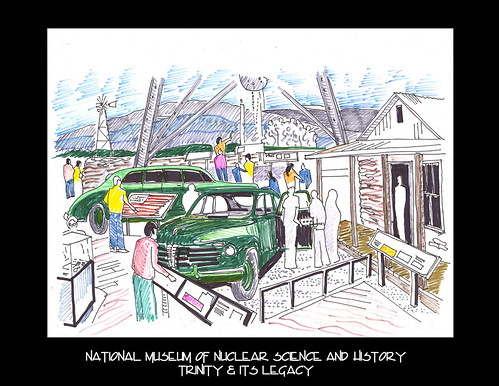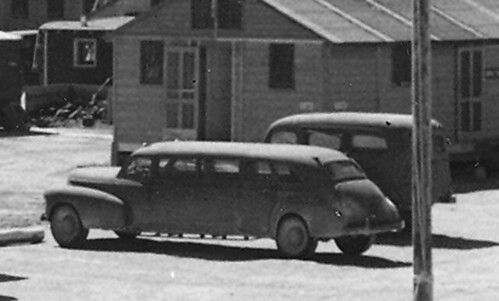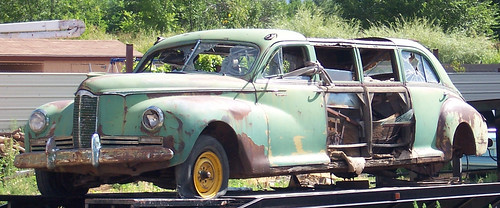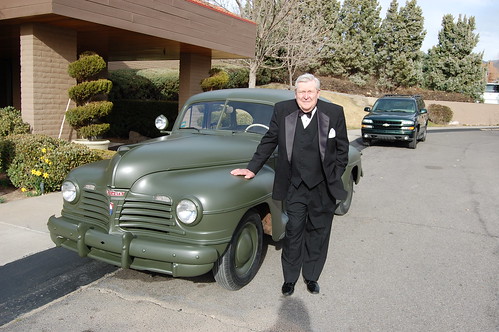Senior Manager, Corporate Engineering Practice
Sandia National Laboratories
Board member Jerry Adams will lead a team of volunteers over the coming weekend to start cleaning the B-29. We need to remove the rather massive amounts of pigeon remains from the aircraft in order to reduce the likelihood of corrosion and preserve the structural integrity of the airframes. After this weekend's activities, we will have a better idea of the extent of the cleaning required.
Worldwide Aircraft Recovery has returned to Nebraska to collect some required tools for the B-52 disassembly and move. They will return in a couple of weeks with towbars and additional trailers for the move.
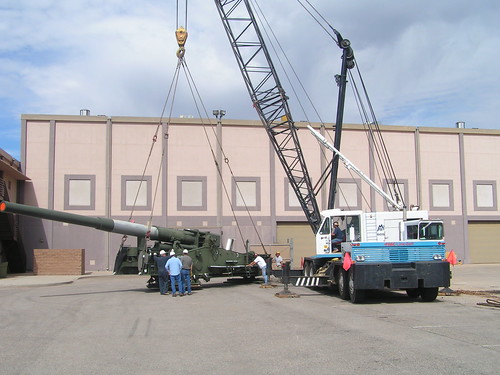
This week NM Millwrights used the largest crane in New Mexico (100 ton capacity) to move the Atomic Cannon and Mk17 shape to make room for maneuvering the B-52 so that the wing can be removed. The center section of the Atomic Cannon weighs 110,000 pounds, and the Mk17 weighs 41,000 pounds.
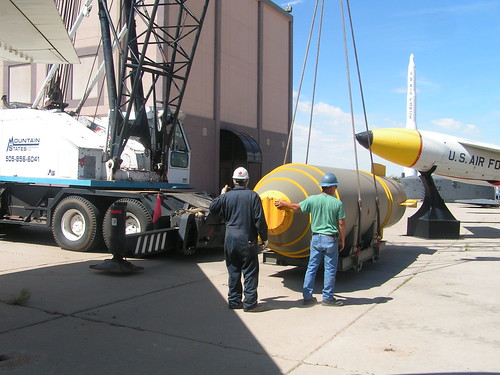
Board President Chuck Loeber and Project Manager Harry Mumma report that the work to pour the concrete pads on the new museum site for the first aircraft displays (B-52, B-29, A-7, F-105) has begun. WWAR will fabricate the steel stands needed for the displays as part of their contract.
